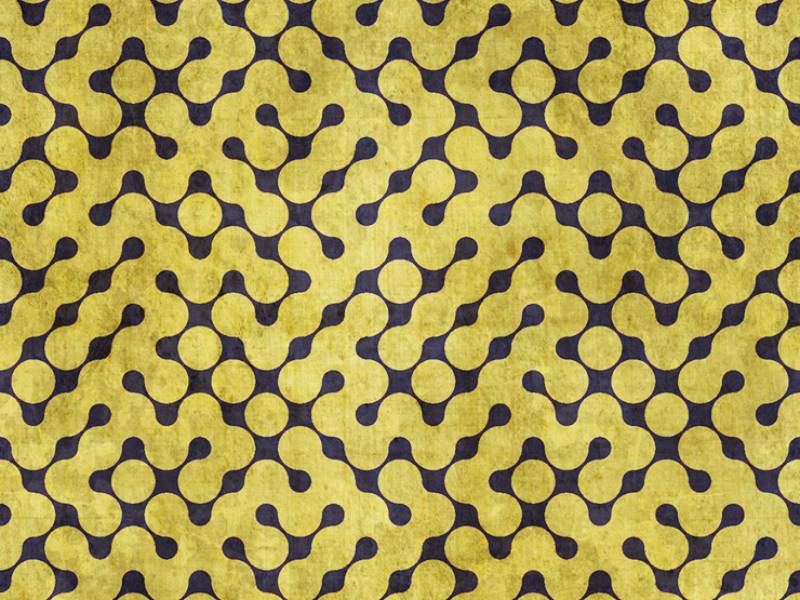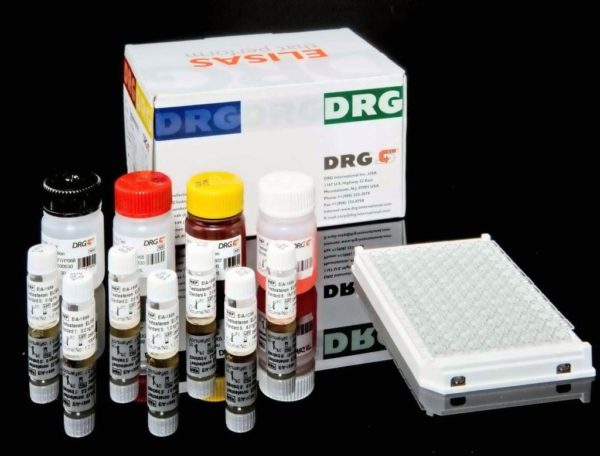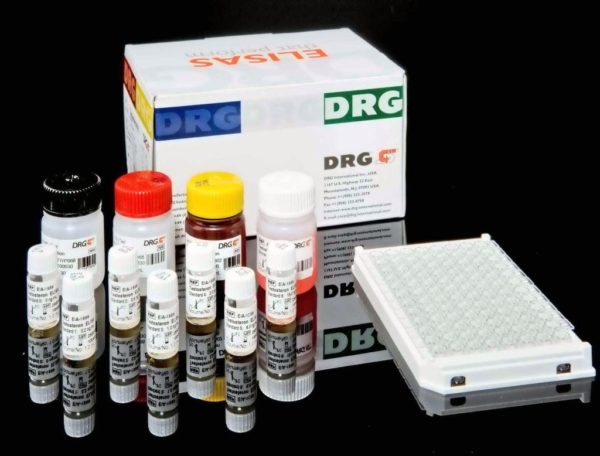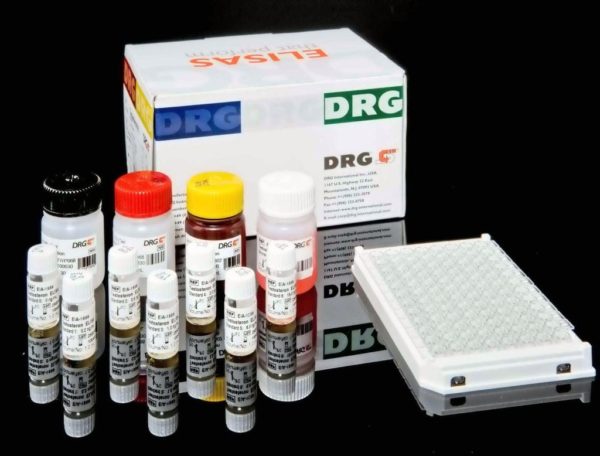Description
The Rota / Adenovirus chromatographic immunoassay (RAP-5543 cassettes, RAP-5544 strips) is a procedure for the in vitro qualitative detection of Rotavirus and Adenovirus antigens in human stool. Rotaviruses are the main cause of acute gastroenteritis, particularly in children under two years of age. Its discovery in 1973 and its association with child gastroenteritis represented a breakthrough in the study of gastroenteritis not due to acute bacterial infection. Transmission occurs through the fecal-oral route; the incubation
period is between 1 and 3 days. Adenoviruses are the second leading cause of viral gastroenteritis in children (10 -15%); they can also cause respiratory diseases and depending on the serotype, diarrhea, conjunctivitis, cystitis, and others. At least 47 adenovirus serotypes have been identified and in all of them the hexon antigen is present. Serotypes 40 and 41 are associated with gastroenteritis. The main clinical symptom of gastroenteritis caused by adenovirus is diarrhea, for 9 to 12 days, also occurring with fever and vomiting. The
test is based on the immunological capture of colored microbeads during its passage along a membrane on which the monoclonal antibody has been immobilized.
The cassettes or strip Rota-Adenovirus test uses a combination of: 1) monoclonal antibodies against VP6 antigen of group A rotavirus, conjugated to red latex particles and specific monoclonal antibodies to rotavirus on the membrane. 2) monoclonal antibodies against adenovirus hexon antigen (present in all adenovirus subtypes), conjugated to blue latex particles and specific monoclonal antibodies to adenovirus on the membrane. In this test, the sample is previously treated with a sample diluent to extract the rotavirus and
adenovirus antigens present in the stool. After the extraction, the extract is simply added to the reaction device.When the extract flows through the test membrane, the colored particles migrate. In the event of a positive result, specific antibodies on the membrane will capture the colored particles. Depending on the virus content of the sample, different colored lines will be visible. These lines are used for interpretation of results, following a five-minute incubation at room temperature.




